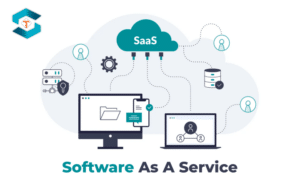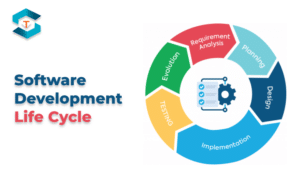Business Intelligence (BI) and Analytics are crucial components of modern business operations, aiding in data-driven decision-making processes. Although often used interchangeably, they encompass different aspects within the realm of data analysis.
Business Intelligence (BI):
Definition: BI involves the tools, technologies, and strategies used to gather, analyze, and transform raw data into actionable insights for business purposes.
Purpose: BI focuses on providing historical, current, and predictive views of business operations. It helps in understanding trends, monitoring performance, and identifying areas for improvement.
Characteristics:
Reporting and Dashboards: Generates reports and visual dashboards to present data in a structured and understandable format.
Data Warehousing: Collects and stores data from various sources into a central repository for analysis.
Querying and Analysis: Allows users to perform queries and analyze data to discover patterns and trends.
Performance Monitoring: Monitors KPIs and metrics to evaluate business performance.
Tools and Technologies: Examples include Tableau, Power BI, QlikView, and SAP BusinessObjects.
Analytics:
Definition: Analytics involves the exploration of data using statistical analysis, predictive modeling, and machine learning to gain deeper insights and make informed predictions.
Purpose: Analytics focuses on examining data to uncover meaningful patterns, correlations, and trends that help in forecasting future outcomes and making proactive decisions.
Characteristics:
Descriptive Analytics: Summarizes historical data to understand past events and performance.
Predictive Analytics: Uses statistical models and machine learning algorithms to forecast future trends and outcomes.
Prescriptive Analytics: Suggests actions to optimize future outcomes based on predictive insights.
Types:
Diagnostic Analytics: Identifies reasons behind certain outcomes by analyzing data.
Predictive Analytics: Forecasts future trends and behaviors.
Prescriptive Analytics: Recommends actions based on predictions.
Relationship between BI and Analytics:
BI often serves as a foundational component for analytics. BI tools gather and organize data, which can then be used in advanced analytics to derive deeper insights and predictive models.
Analytics leverages the data processed by BI to perform in-depth analysis, predictive modeling, and advanced statistical operations, providing a more comprehensive understanding of business trends and potential future scenarios.
Both Business Intelligence (BI) and Analytics play crucial roles in harnessing the power of data to support decision-making, optimize processes, and gain a competitive advantage in today’s business landscape.





